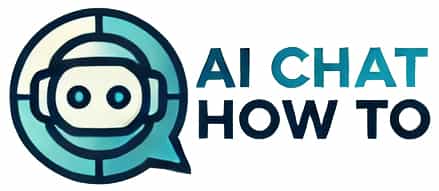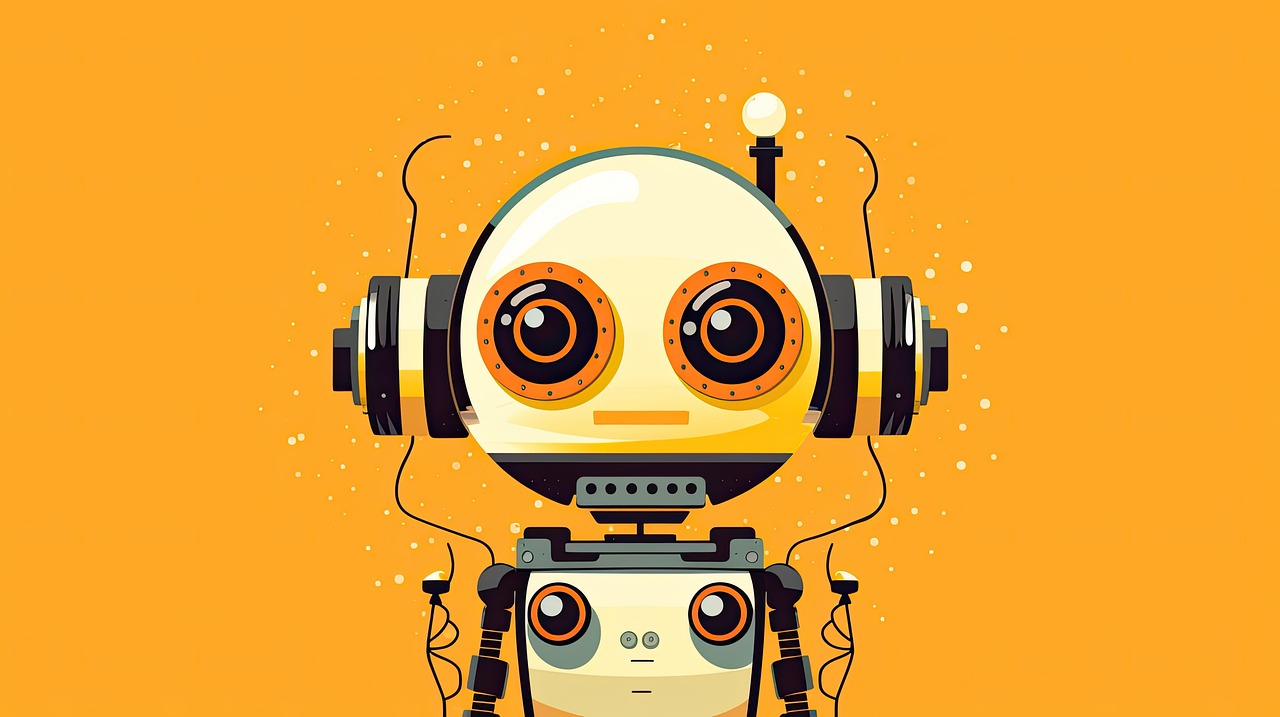What an AI Chatbot Is and How It Works
Artificial Intelligence (AI) chatbots have taken the world by storm, becoming integral parts of our digital lives. From virtual assistants like Siri and Alexa to more advanced tools like ChatGPT and Claude, these AI-powered conversational tools are changing how we communicate, learn, and get things done. But what exactly is an AI chatbot, and how does it work? In this post, we’ll break down the technology in simple terms and explain everything you need to know.
What Is an AI Chatbot?
An AI chatbot is a software application that uses artificial intelligence to simulate human conversation. It can understand written or spoken language, process that information, and respond in a way that seems natural and helpful. Unlike traditional rule-based bots that follow fixed scripts, AI chatbots can generate responses dynamically based on context, language understanding, and past interactions.
These chatbots are designed to engage in conversation with humans across platforms, ie. websites, messaging apps, and mobile devices, and they can assist with tasks ranging from answering questions and making recommendations to writing essays or generating code.
A Brief History of AI Chatbots
The concept of a chatbot isn’t new. The first known chatbot, ELIZA, was created in the 1960s at MIT. It used simple pattern-matching techniques to mimic a Rogerian psychotherapist. Then came PARRY in the 1970s, followed by more complex bots like ALICE and SmarterChild in the 1990s and early 2000s.
The real game-changer came with the rise of machine learning and deep learning techniques in the 2010s. Chatbots like Apple’s Siri and Amazon’s Alexa used voice recognition and natural language processing to interact with users. Then, OpenAI released ChatGPT, based on the GPT (Generative Pre-trained Transformer) model, which could produce remarkably human-like text.
The Technology Behind AI Chatbots
AI chatbots rely on a combination of technologies to work effectively:
1. Natural Language Processing (NLP)
This is the field of AI focused on the interaction between computers and human language. NLP allows chatbots to understand, interpret, and respond to user inputs in a way that feels natural.
- Tokenization: Breaking down text into words or phrases.
- Parsing: Analyzing grammatical structure.
- Intent Recognition: Understanding what the user wants to do.
- Entity Recognition: Identifying specific pieces of information like names or dates.
2. Machine Learning (ML)
Machine learning allows chatbots to improve over time. They learn from data, millions of conversations, and identify patterns to generate better responses.
- Supervised Learning: Models are trained on labeled datasets.
- Unsupervised Learning: Models learn from data without labels.
- Reinforcement Learning: The bot learns by receiving feedback on its responses.
3. Large Language Models (LLMs)
Modern AI chatbots like ChatGPT, Claude, and Gemini are built on LLMs. These models are trained on vast amounts of text from books, websites, and articles. They predict the next word in a sentence, allowing them to generate coherent and contextually accurate responses.
The most popular LLMs include:
- GPT-4 by OpenAI
- Claude by Anthropic
- Gemini by Google
These models contain billions of parameters, mathematical representations of learned information, that help them understand and generate language.
How AI Chatbots Work Step-by-Step
Here’s a simplified view of what happens when you interact with an AI chatbot:
- Input: You type or speak a message to the chatbot.
- Processing: The input is tokenized and analyzed using NLP.
- Intent Detection: The chatbot determines what you’re asking or saying.
- Response Generation: Based on your input and context, the AI generates a response using a language model.
- Output: The response is presented to you as text (or speech in some cases).
- Feedback (Optional): You can rate or give feedback on the response, which can help improve the system over time.
Types of AI Chatbots
There are two broad categories of AI chatbots:
1. Task-Oriented (Goal-Based) Chatbots
These are focused on performing specific tasks like booking a ticket, answering FAQs, or tracking an order. They are usually integrated with business systems and are optimized for efficiency.
2. Conversational (Open-Domain) Chatbots
These chatbots can engage in free-flowing conversations on a wide range of topics. ChatGPT is a prime example. They are designed to be informative, creative, and sometimes entertaining.
Where AI Chatbots Are Used
AI chatbots are incredibly versatile and are used in various industries:
- Customer Support: Automating responses to common queries.
- Education: Assisting students with homework and explanations.
- Healthcare: Providing information about symptoms or medications.
- E-commerce: Helping users find products or track orders.
- Personal Use: Writing, brainstorming, learning, coding, and more.
Benefits of Using AI Chatbots
- Availability: 24/7 support and assistance.
- Scalability: Handle thousands of interactions simultaneously.
- Efficiency: Reduces workload for human agents.
- Consistency: Provides uniform answers to common questions.
- Personalization: Learns user preferences over time.
Limitations to Be Aware Of
Despite their usefulness, AI chatbots aren’t perfect:
- Lack of True Understanding: They don’t “understand” language the way humans do; they predict likely responses.
- Biases: Trained on public data, they may inadvertently reflect societal biases.
- Inaccuracies: Can provide incorrect or outdated information.
- Overconfidence: Sometimes present false information confidently.
The Future of AI Chatbots
AI chatbot technology is rapidly evolving. Future advancements are expected to include:
- Better contextual memory: Remembering past conversations more effectively.
- Multimodal capabilities: Understanding images, audio, and video in addition to text.
- Emotional intelligence: Responding with greater empathy.
- Stronger safety protocols: Reducing harmful or misleading outputs.
As models improve, AI chatbots will become even more integrated into daily life, offering more value across industries and use case.
AI chatbots have gone from simple rule-based scripts to powerful language models capable of engaging in human-like conversation. Understanding how they work gives you a better appreciation of their potential and their limitations. Whether you’re using them for personal productivity, customer service, or learning, AI chatbots are here to stay, and they’re only getting smarter.
Stay tuned as we dive deeper into how to choose the right AI chatbot for your needs in our next post!



